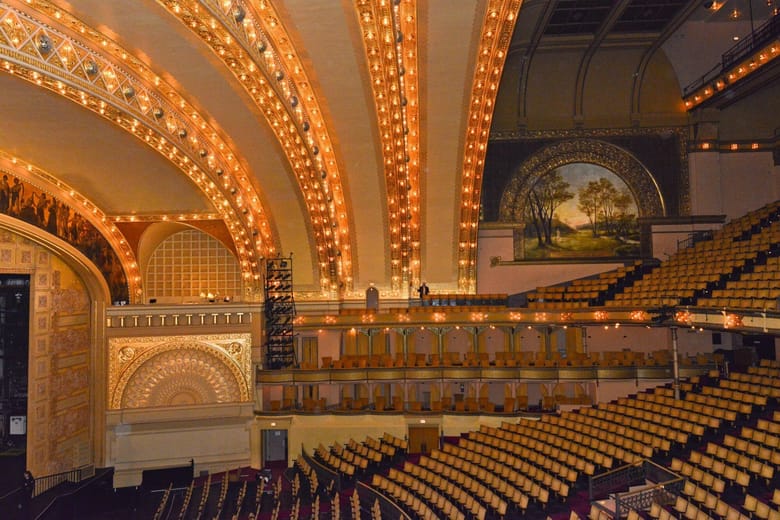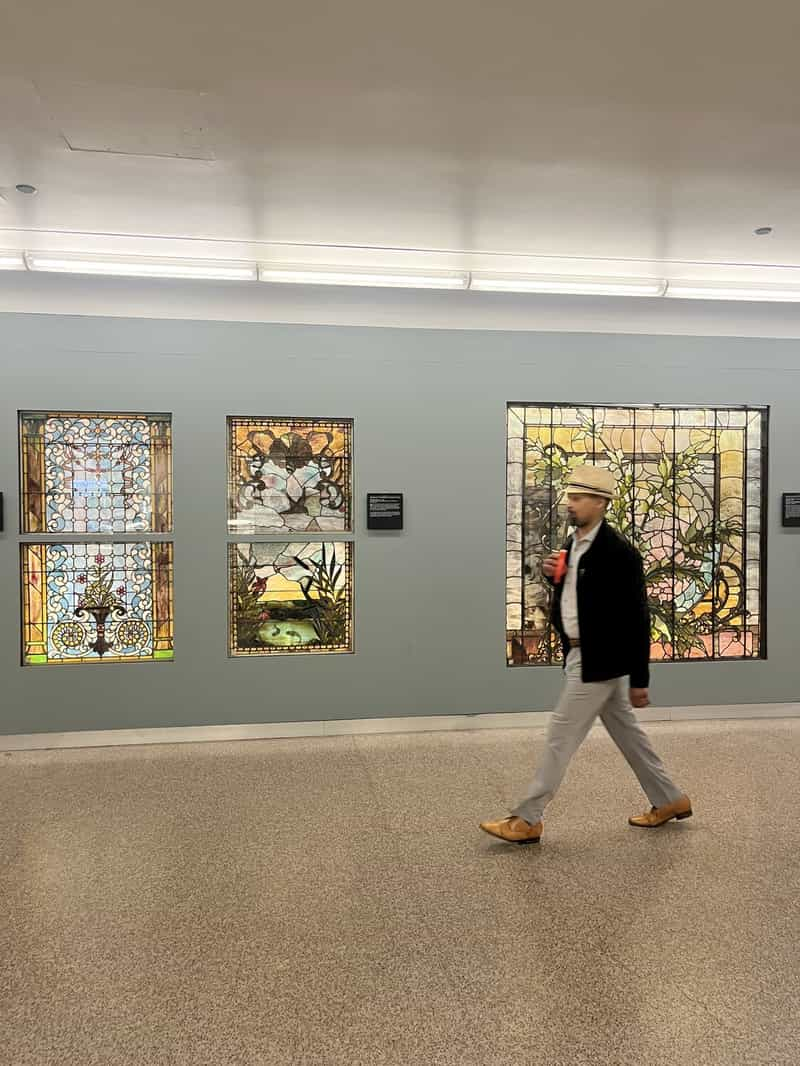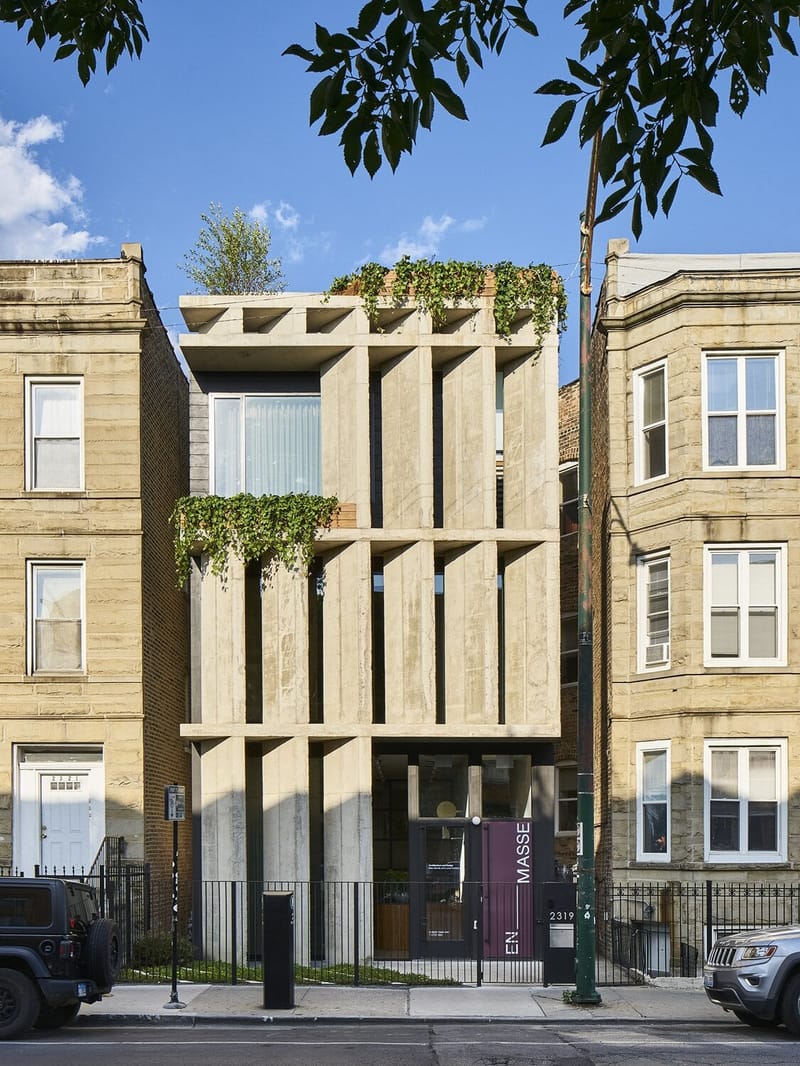Acoustic Design
Interior of the Auditorium Theatre
Acoustic design refers to the strategic planning and implementation of elements within a building to achieve optimal sound quality and control. This involves managing how sound is generated, transmitted, and received within a space to enhance clarity, reduce unwanted noise, and create an acoustically pleasant environment. It encompasses a range of considerations, including sound insulation, absorption, reflection, and diffusion.
The principles of acoustical design have been integral to architecture since ancient times. Greek amphitheaters and Roman basilicas are early examples where acoustics were meticulously considered to amplify speakers' voices without modern amplification. These ancient structures used natural materials and geometrical designs to achieve desirable sound qualities.
Acoustical design is crucial in various building types, including theaters, concert halls, lecture halls, offices, and residential spaces. Key elements include the choice of materials, the configuration of spaces, and the incorporation of specialized architectural features that enhance or control sound.
EXAMPLES IN CHICAGO:
- Auditorium Theatre: Designed by Louis Sullivan and Dankmar Adler and opened in 1889, the Auditorium Theatre is a landmark in acoustical design. Adler, who was also an engineer, integrated innovative acoustical features into the design. The theater's horseshoe shape and the use of sound-reflecting surfaces ensure that sound reaches all parts of the auditorium clearly and evenly. This design makes it an excellent venue for both spoken word and musical performances.
- Symphony Center (Orchestra Hall): Home to the Chicago Symphony Orchestra, this venue is renowned for its acoustical design. The original design by Daniel Burnham and later renovations aimed to create an optimal listening environment. Features such as adjustable acoustical elements, including banners and panels, allow for fine-tuning the acoustics to suit different performances.
- Pritzker Pavilion: Located in Millennium Park and designed by Frank Gehry, the Jay Pritzker Pavilion boasts a state-of-the-art sound system. The acoustical design includes a trellis network that supports an extensive sound system, creating a virtual "acoustic shell" that distributes sound evenly across the audience, without obstructing views.
Acoustical design is a vital component of architectural practice, enhancing the auditory experience within built environments.























